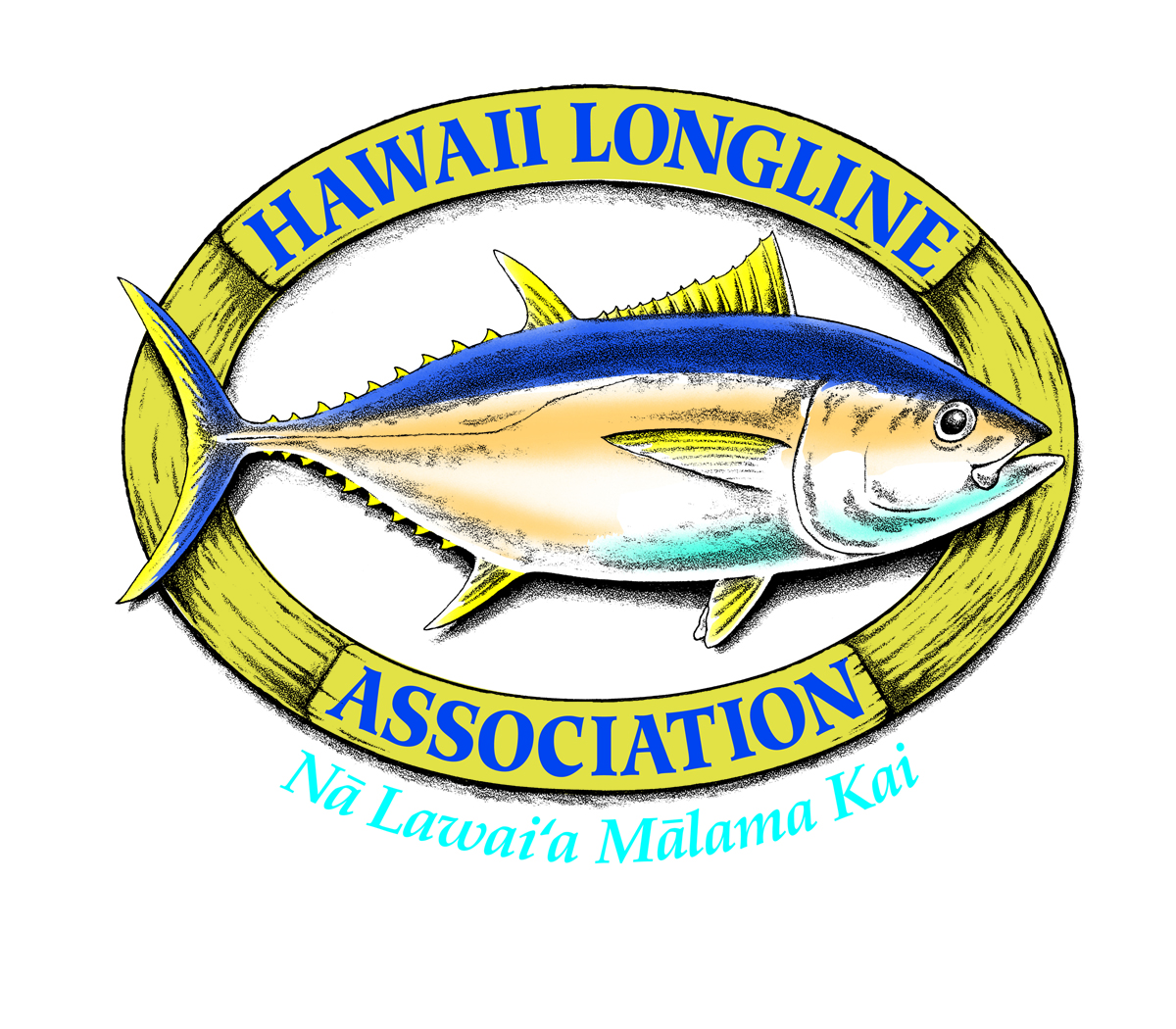HONOLULU, HI / ACCESSWIRE / November 30, 2020 / Hawaii-based longline vessels will voluntarily switch to monofilament leaders to promote shark conservation, the Hawaii Longline Association (HLA) has announced.
The Hawaii longline fishery is among the most comprehensively managed in the world. With around 140 active vessels based out of Honolulu Harbor, the fleet is highly monitored and subject to a suite of leading protected species mitigation measures. These measures include requiring 45-gram minimum weights so that hooks will sink quickly out of seabird foraging depths, as well as the use of a type of "circle" hook that reduces the severity of interactions with sea turtles and false killer whales.

Hawaii longline vessels at Honolulu Harbor Pier 38 Fishing Village (Credit: HLA)
Although beneficial for sea turtles and false killer whales, sharks are more likely to be caught by the circle hooks. Hawaii longline vessels don't retain sharks and most are released alive, but since most sharks are unable to bite through a wire leader, some sharks die on the line. Unfortunately, this includes oceanic whitetip sharks, which are now listed as "Threatened" under the Endangered Species Act.
Switching to monofilament leader material will allow sharks to bite through the line just above the hook, thus reducing the severity of the interaction that otherwise would occur using wire leaders. Monofilament leaders will also facilitate releasing sharks and other animals, as the material is much easier to cut than wire. Crew safety remains paramount, and the transition to monofilament leaders will be phased to ensure safety. However, the Hawaii Longline Association is setting July 1, 2021 as the target for the fleetwide conversion.
"This is an industry-led initiative to promote shark conservation and another example of the Hawaii longline fleet as a global leader in responsible fishing practices," says HLA Executive Director Eric Kingma, PhD.

Oceanic white tip shark (Credit: Mark Royer)
The preferred habitat of the oceanic whitetip shark is in tropical waters between 10 degrees N and 10 degrees S, where there are thousands of foreign longline vessels operating. Less than 3% of Hawaii longline fishing effort occurs in the core habitat area for oceanic white tips.
"While the Hawaii fleet fishes on the margins of oceanic whitetip preferred habitat, and our catch is relatively small compared to foreign fleets, which have much lower levels of monitoring than the Hawaii fleet, we're taking this significant step to reduce our impact on this species and other sharks," says Kingma.
For over twenty years, in order to reduce danger to crew members, the fleet has used around 18 inches of "steel trace" wire leaders between the hook and the 45-gram weight to reduce the possibility of dangerous gear fly-backs. Gear fly-backs occur when stretched monofilament branch line breaks, or the hook straightens, sending the weight (and sometimes the hook itself) back to the vessel at high speed. Even with the wire leaders, there have been numerous crew injuries from fly backs over the years.
"Talk to any Hawaii longline fisherman about fly-backs and you'll get an indication of the danger associated with weighted branchlines," says Sean Martin, HLA President.

Hawaii longline-caught, premium quality, ice-chilled bigeye tuna on display at the Honolulu Fish Auction
"Crew safety remains our number one concern, so as we transition to monofilament leaders we will be developing and implementing procedures to minimize the safety risks," says Martin. This will include procedures to send a sliding weight down the branchline when handling sharks and other large animals to minimize potential fly-backs.
The Hawaii longline fishery is the largest single food producing entity in the State of Hawaii in both volume and dollar value, resulting in Honolulu Harbor consistently being ranked among the top ten most economically valuable U.S. fishing ports (6th in 2018 at approximately $100 million annually in dockside value). Hawaii longline vessels land premium quality, ice-chilled tuna and billfish representing over 90% and 50% of US domestic production of bigeye tuna and swordfish, respectively. Hawaii residents consume seafood at more than twice the national average and the long-term continuity of the fishery is critical to Hawaii's food self-sufficiency and local economy.
About the Hawaii Longline Association
The Hawaii Longline Association was established in 2000 to advance the interests of the fishermen and related industries involved in the Hawaii longline fisheries (deep-set targeting bigeye tuna; shallow-set targeting swordfish). HLA provides a voice for Hawaii longline fishermen in the conservation and management of their fisheries, which are among the most important of the United States in terms of domestic tuna and swordfish production. HLA supports science-based conservation and management measures and advocates on the behalf of its members within both domestic and international management settings. HLA also coordinates cooperative research activities within the Hawaii longline fleet.
For more information on the Hawaii Longline Association, visit www.hawaiilongline.org.
Press Contact
Eric Kingma
Executive Director, HLA
[email protected]
(808) 389-2653
SOURCE: Hawaii Longline Association




